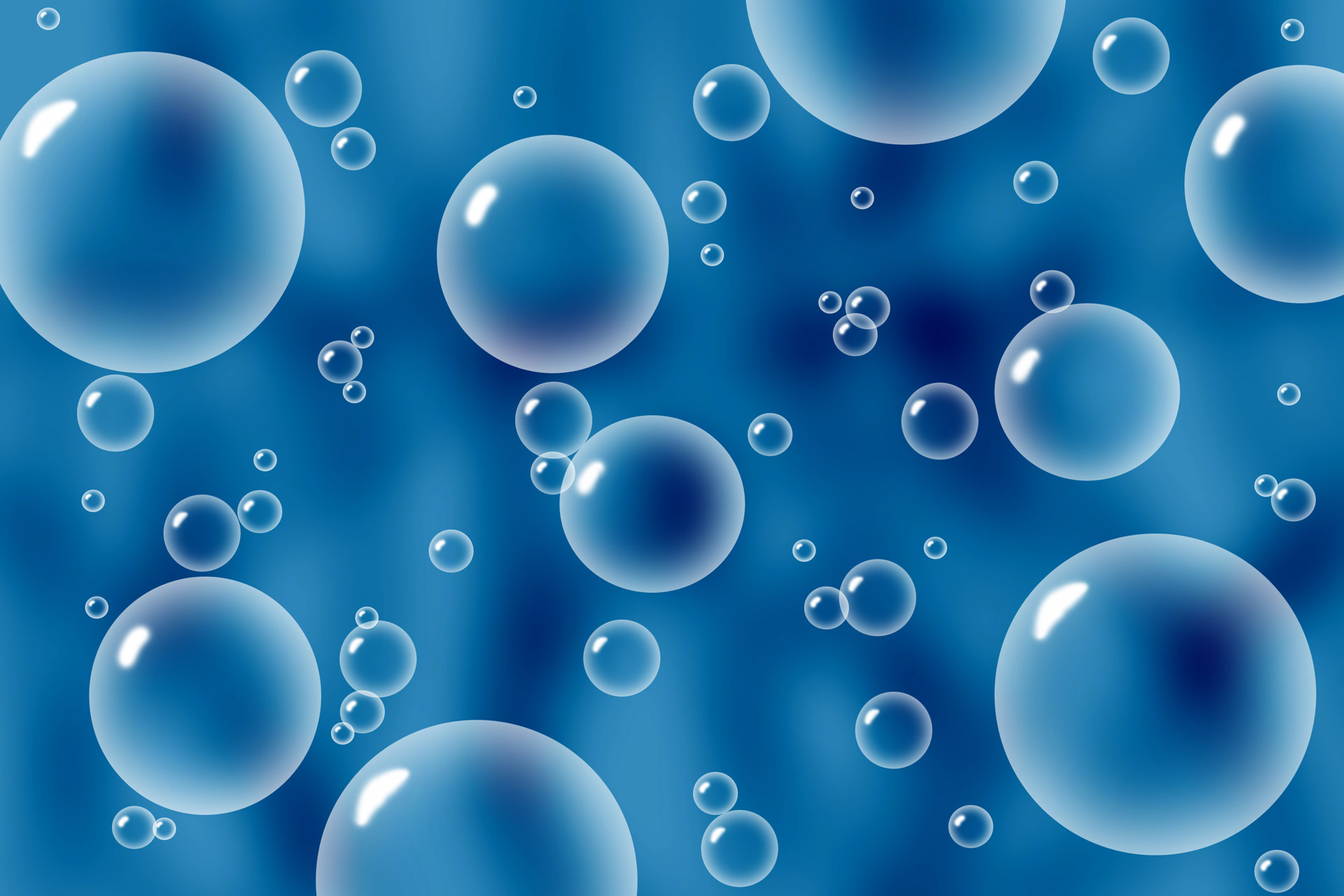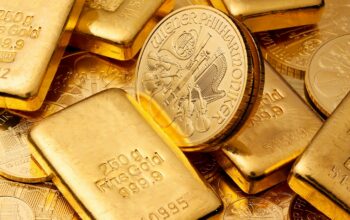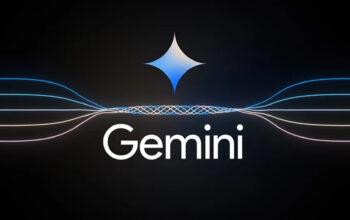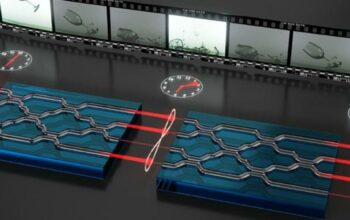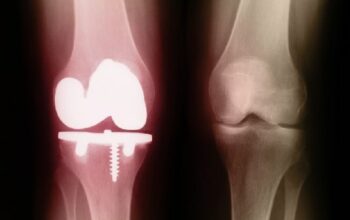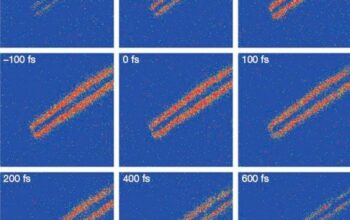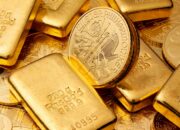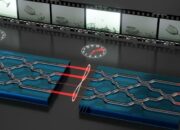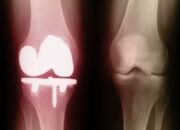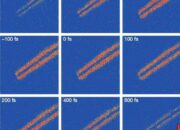Bubbles in liquid crystals represent a fascinating intersection of fluid dynamics and condensed matter physics, wherein the interplay of microscopic structures and macroscopic phenomena unveils a plethora of intriguing behaviors. The study of bubbles within these anisotropic materials prompts both scientific inquiry and aesthetic appreciation, as they serve as tangible manifestations of complex molecular interactions responsible for a range of spontaneous formations.
Liquid crystals, by their very nature, exhibit unique phases—most notably nematic, smectic, and cholesteric—that enable the directional ordering of molecules while retaining fluidity. This dual characteristic allows for a striking variety of phenomena under varying temperature and environmental conditions. Bubbles in such phases arise from processes akin to cavitation, a phenomenon typically observed in compressible fluids. Yet, the ramifications of this occurrence in liquid crystals extend far beyond mere physical curiosity.
The observation of bubbles within liquid crystals often elicits a sense of wonder, as their ephemeral beauty contrasts starkly with the underlying complexity of their formation. At the microscopic level, it is crucial to consider the interplay between the liquid crystal’s director field—the spatial arrangement of molecular orientations—and the dynamics governing bubble nucleation. When influenced by perturbations such as temperature fluctuations or external fields, the nematic ordering can distort, leading to regions of lower density and eventual bubble formation.
One must consider the multiple factors influencing this cavitation process within liquid crystals. Firstly, the elasticity of the liquid crystal plays a pivotal role. Variations in elastic constants, which are indicative of the material’s response to tensile and compressive stresses, determine the stability and morphology of the bubbles. Anomalies in elastic responses, particularly near the critical temperature transitions, can lead to instability and enhance bubble generation.
Furthermore, the role of impurities cannot be understated. Surface active agents and nanoparticles can facilitate the nucleation process by altering interfacial tensions. The presence of these additives helps elucidate deeper principles of liquid crystalline behavior, including defect formation associated with topological structures. These defects can act as nucleation sites, thereby accelerating the cavitation process. This phenomenon demonstrates not only a physical occurrence but provides insights into broader questions regarding molecular interactions and the stabilization of liquid crystal phases.
Examining the dynamics of bubbles within these systems reveals intricate interdependencies on various lengths and timescales. As bubbles grow and interact with the liquid crystalline matrix, they may influence the local orientation of the molecular assemblage. This induces perturbations that can propagate, resulting in far-reaching effects on the overall system behavior. Such dynamical interactions are reminiscent of the collective phenomena observed in biological systems, where fluid motion and molecular organization play pivotal roles.
The complexity of bubble formation within liquid crystals invites a discussion of non-equilibrium thermodynamics. Bubbles can serve as nucleation sites for phase transitions, altering the thermodynamic landscape of the liquid crystal phase. As bubbles form, they locally disrupt the order parameter, leading to unique emergent phenomena such as oscillatory dynamics and pattern formation. These emergent properties offer profound implications for understanding self-organization in complex systems.
Additionally, the study of bubbles can shed light on fundamental concepts in statistical mechanics. When bubbles coalesce, they create larger voids, a process reminiscent of percolation theory. This alignment of bubbles can generate fascinating structures reminiscent of fractal geometries. The scaling laws associated with such formations can inform models that capture the delicate balance between order and disorder inherent in liquid crystalline systems.
Another captivating aspect of bubble dynamics in liquid crystals is their tunability. By manipulating external parameters—such as temperature, electric fields, and magnetic fields—researchers can induce controlled bubble behavior. This tunability has inspired various applications ranging from novel displays to advanced photonic devices. Furthermore, the responsive nature of these systems provides potential pathways for realizing self-healing materials and smart fluids, demonstrating practicality borne of fundamental research.
In conclusion, the study of bubbles in liquid crystals transcends the boundaries of simplistic observations, revealing a wealth of underlying physics that intertwines with broader scientific principles. The phenomena encapsulated in bubble dynamics serve as a lens through which researchers can explore fundamental aspects of molecular behavior, thermodynamic principles, and emergent phenomena. The layering of simplicity in the observable with complexity in the underlying mechanisms reflects the beauty of physics as a discipline that continuously seeks to unravel the intricacies of nature. As such, bubbles in liquid crystals do not merely signify cavitation; they beckon an exploration into the rich tapestry of material science and condensed matter physics.
